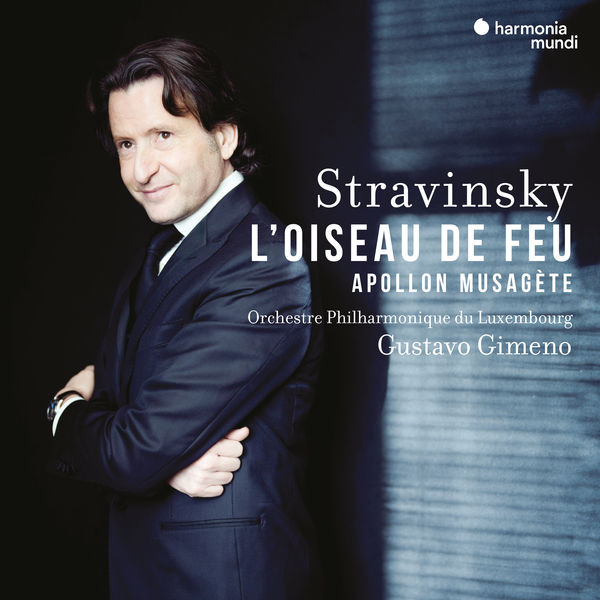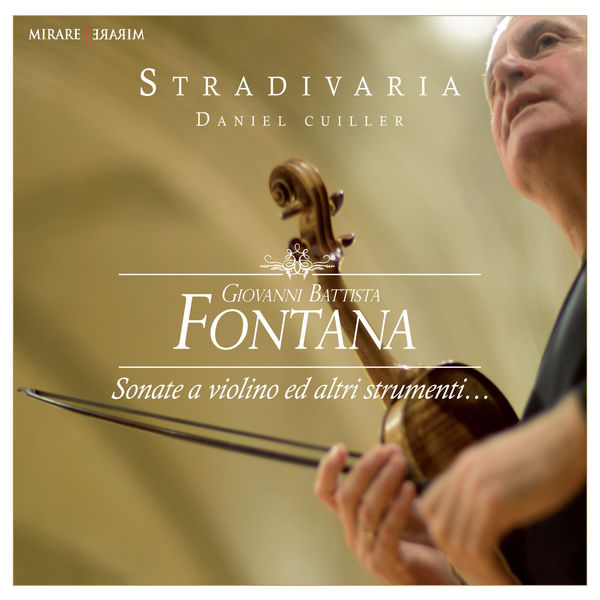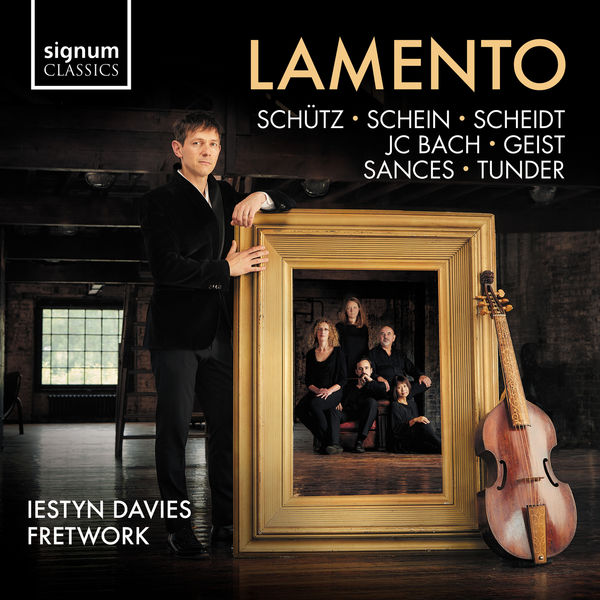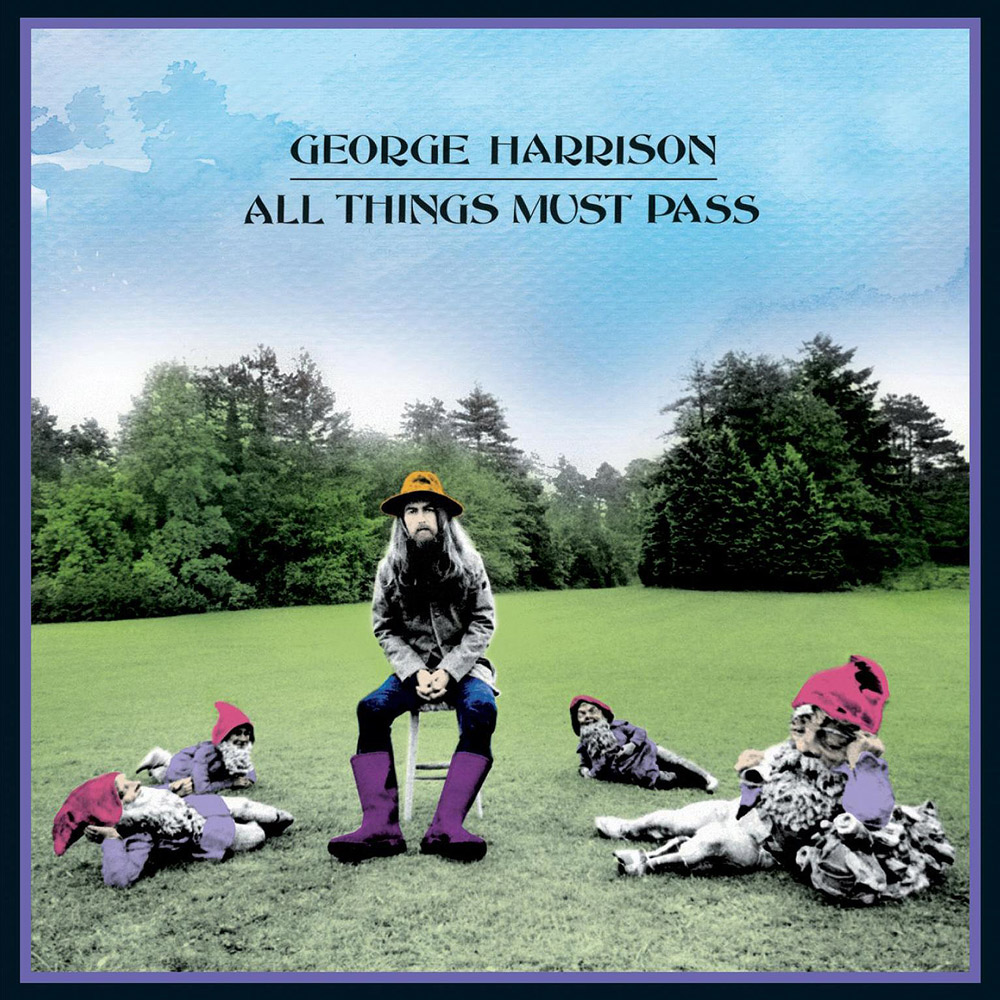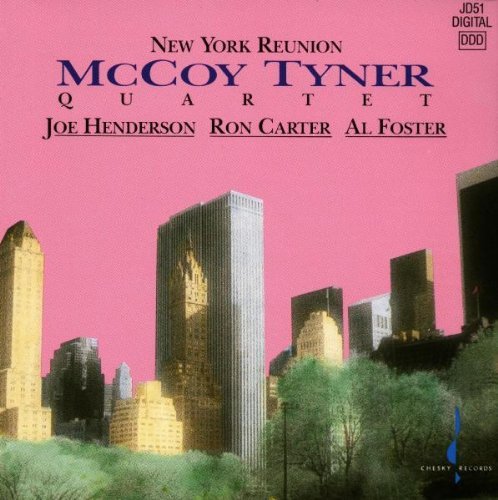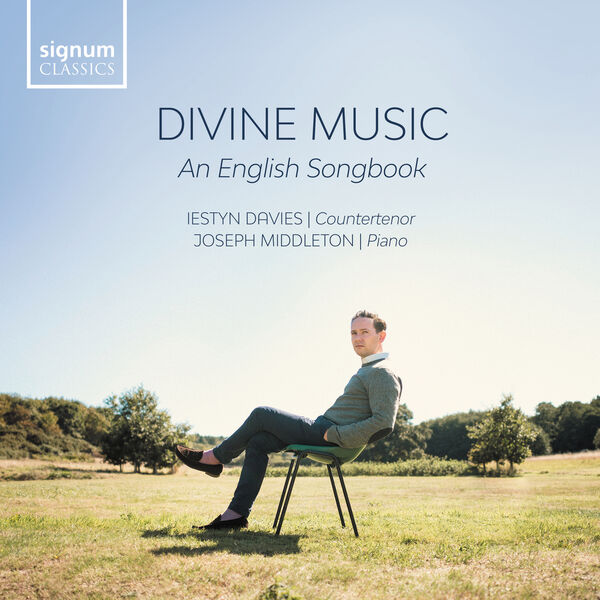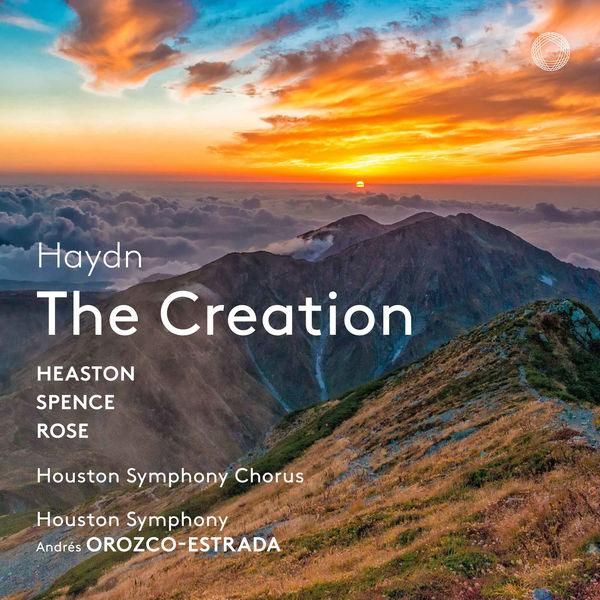Symphonieorchester Des Bayerischen Rundfunks – Bruckner: Symphonies Nos. 3, 4 & 6-9 (Live) (2020)
FLAC (tracks) 24 bit/48 kHz | Time – 06:24:38 minutes | 2,57 GB | Genre: Classical
Studio Masters, Official Digital Download | Front Cover | © BR-Klassik
Mariss Jansons died last November. During the final 15 years of his life he was the chief conductor of two of the world’s greatest orchestras, the Royal Concertgebouw in Amsterdam, and the Bavarian Radio Symphony, based in Munich. In Britain at least we seem to hear him more regularly with the Dutch musicians than with his German band, but there was little to choose between the two in terms of quality and refinement; Jansons seemed to have the rare ability to bring out the very best from any orchestra he conducted.
Bavarian Radio SO/Mariss Jansons: Bruckner: Symphonies Nos 3, 4, 6, 7, 8 and 9 album cover
Bavarian Radio SO/Mariss Jansons: Bruckner: Symphonies Nos 3, 4, 6, 7, 8 and 9 album cover
Though he was always warmly admired, Jansons was sometimes criticised for the narrowness of his repertoire, even though other great conductors – Carlos Kleiber being the most obvious example – established their reputations on a much more limited range of works. But though he did conduct Haydn and Mozart, Beethoven and Schubert, it was in the composers of the late Romantic era, from Brahms to Shostakovich, that Jansons excelled. It’s his performances with the Bavarian orchestra of one of those composers, Bruckner, that make up what’s effectively a memorial tribute, taken from concerts that he conducted in the Munich Gasteig and the Vienna Musikverein (for the Seventh Symphony) between 2005 and 2017; at least three of the recordings – of the Fourth, Seventh and Eighth Symphonies – have appeared on disc before.
Anton Bruckner’s symphonies were a constant part of the repertoire for Mariss Jansons and the Symphonieorchester des Bayerischen Rundfunks. The existing recordings – almost all the great Bruckner symphonies – are important documents of Jansons’ deep understanding of the works, and the high musical quality of the recordings also testifies to the long Bruckner tradition at the BRSO. Jansons followed Bruckner’s notes and markings with painstaking precision, and listening to a recording with the score reveals again and again how closely the conductor studied these works with the musicians of his orchestra. Bruckner’s symphonies form the backbone of Late Romantic symphonic music. To a certain extent, Bruckner reinvented the symphony – something that not even Liszt or Wagner had dared to do in the wake of the groundbreaking masterpieces of Beethoven, which until then had been considered the culmination and conclusion of the genre.
It was Bruckner and, somewhat later, Brahms who sought and found new methods of reviving the symphonic genre and developing it further. In this regard, Bruckner’s approach was entirely new. From the outset, he relied on the sound of the large orchestra and, rather than mixing the individual groups of instruments, he tended to either separate them from each other or couple them together like organ registers (with which, as an organist, he was very familiar). Terraced dynamics, that is, the immediate juxtaposition of piano and forte without transition, was also something Bruckner derived from organ music. As a church musician, he had close contact with these and other elements of Baroque music, and they flowed into his symphonies. As far as dramaturgical development was concerned, he tended to favor Schubert; indeed, it was the organic continuation and alternating interconnection of themes Bruckner had learned from Schubert that also explains the unprecedented performance length of his symphonies.
Tracklist:
1-1. Symphonieorchester Des Bayerischen Rundfunks – I. Mehr langsam. Misterioso [Live] (22:06)
1-2. Symphonieorchester Des Bayerischen Rundfunks – II. Adagio, bewegt, quasi andante [Live] (13:51)
1-3. Symphonieorchester Des Bayerischen Rundfunks – III. Ziemlich schnell [Live] (07:13)
1-4. Symphonieorchester Des Bayerischen Rundfunks – IV. Allegro [Live] (13:08)
2-5. Symphonieorchester Des Bayerischen Rundfunks – I. Allegro [Live] (20:55)
2-6. Symphonieorchester Des Bayerischen Rundfunks – II. Andante quasi allegretto [Live] (17:30)
2-7. Symphonieorchester Des Bayerischen Rundfunks – Symphony No. 4 in E-Flat Major, WAB 104 “Romantic” (1878 Revision) (Live) (11:26)
2-8. Symphonieorchester Des Bayerischen Rundfunks – IV. Finale. Bewegt, doch nicht zu schnell [Live] (22:18)
3-9. Symphonieorchester Des Bayerischen Rundfunks – I. Majestoso (Live) (14:55)
3-10. Symphonieorchester Des Bayerischen Rundfunks – II. Adagio. Sehr feierlich (Live) (15:49)
3-11. Symphonieorchester Des Bayerischen Rundfunks – III. Scherzo. Nicht schnell – Trio. Langsam (Live) (08:29)
3-12. Symphonieorchester Des Bayerischen Rundfunks – IV. Finale. Bewegt, doch nicht zu schnell (Live) (14:49)
4-13. Symphonieorchester Des Bayerischen Rundfunks – I. Allegro moderato (Live) (20:24)
4-14. Symphonieorchester Des Bayerischen Rundfunks – II. Adagio. Sehr feierlich und sehr langsam (Live) (21:59)
4-15. Symphonieorchester Des Bayerischen Rundfunks – III. Scherzo. Sehr schnell (Live) (09:48)
4-16. Symphonieorchester Des Bayerischen Rundfunks – IV. Finale. Bewegt, doch nicht schnell (Live) (12:41)
5-17. Symphonieorchester Des Bayerischen Rundfunks – I. Allegro moderato [Live] (16:35)
5-18. Symphonieorchester Des Bayerischen Rundfunks – II. Scherzo. Allegro moderato – Trio. Langsam [Live] (15:23)
5-19. Symphonieorchester Des Bayerischen Rundfunks – III. Adagio [Live] (24:49)
5-20. Symphonieorchester Des Bayerischen Rundfunks – IV. Finale. Feierlich, nicht schnell [Live] (23:15)
6-21. Symphonieorchester Des Bayerischen Rundfunks – I. Feierlich, misterioso (Live) (23:53)
6-22. Symphonieorchester Des Bayerischen Rundfunks – II. Scherzo. Bewegt, lebhaft – Trio. Schnell (Live) (11:06)
6-23. Symphonieorchester Des Bayerischen Rundfunks – III. Adagio. Langsam feierlich (Live) (22:07)




